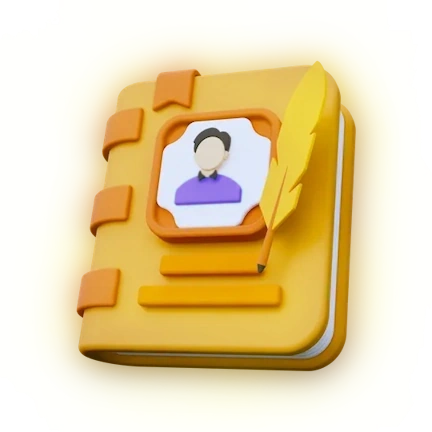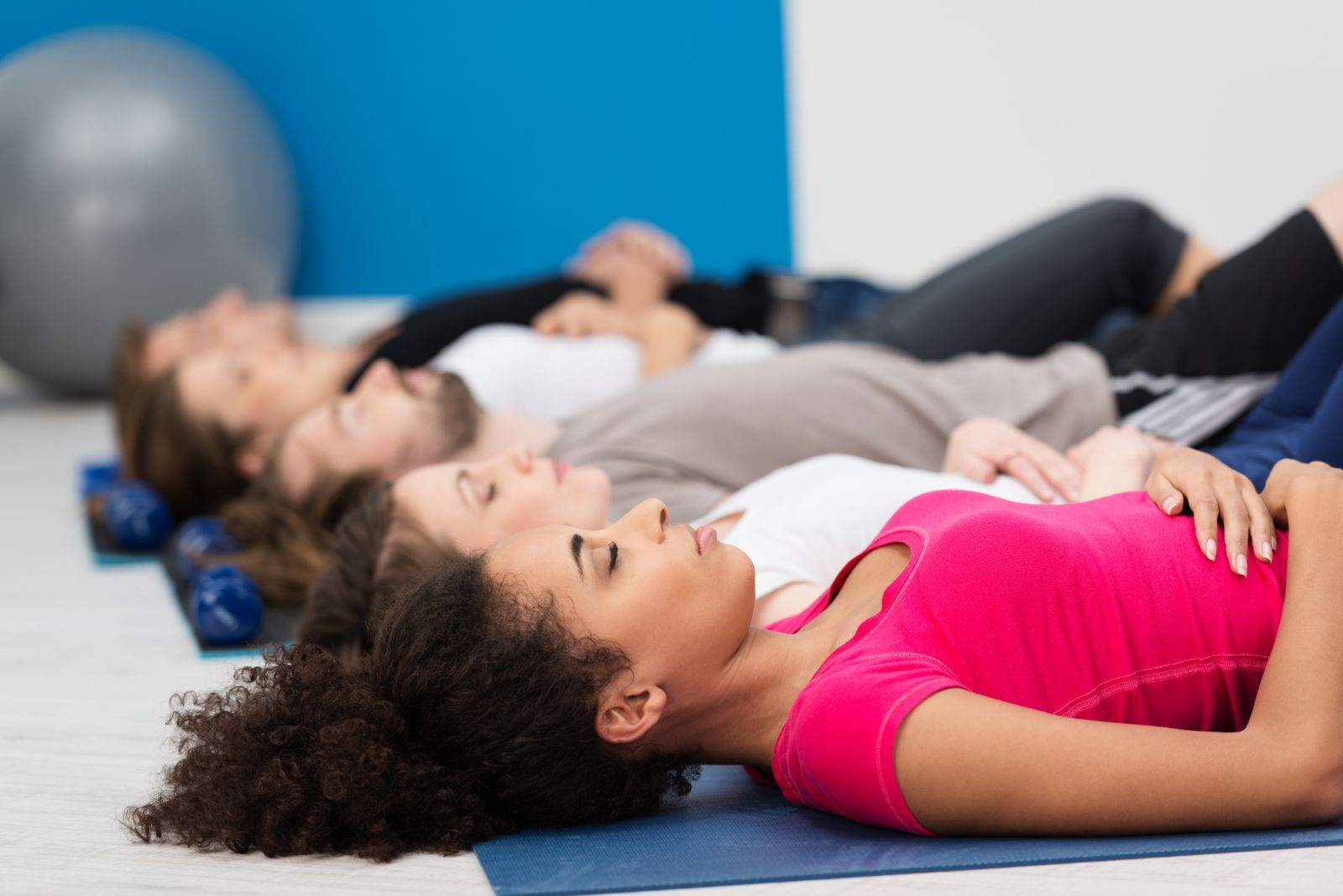LISTEN TO THIS ARTICLE:
Mental health issues are a common problem in our country, with at least 1 in 5 Americans living with a mental illness. The most common mental health disorders include anxiety disorders, major depressive disorder, bipolar disorder, PTSD, and substance use disorders. Getting treatment for these can be difficult and costly. Fortunately, there are several relaxation techniques that can help reduce stress and promote mental health. In this article, we will explore the mental health benefits of yoga, exercise, square breathing, mindfulness, and meditation.
Yoga
Yoga is a mind-body practice that involves physical postures, breathing exercises, and meditation. This practice originated in India and has gained popularity worldwide due to its numerous physical and mental health benefits. The physical postures help to improve flexibility, strength, and balance, while the breathing exercises and meditation promote relaxation and reduce stress. A systematic review and meta-analysis of 23 randomized controlled trials found that yoga was effective in reducing symptoms of anxiety and depression. Another study found that a 12-week yoga program was effective in reducing symptoms of post-traumatic stress disorder (PTSD) in veterans.

Exercise
Exercise is another effective relaxation technique that can improve mental health. Physical activity releases endorphins, which are neurotransmitters that promote feelings of happiness and well-being. Exercise can also reduce stress and anxiety by promoting relaxation and reducing the activity of the sympathetic nervous system. A study of individuals with major depression found that exercise was effective in reducing symptoms of depression, with therapeutic benefits lasting up to 10 months. Another study found that a physical activity intervention was cost-effective in the treatment of depression.
Square Breathing
Square breathing, also known as box breathing, is a simple breathing technique that involves inhaling for a count of four, holding the breath for a count of four, exhaling for a count of four, and holding the breath for a count of four before repeating. This technique can help reduce stress and anxiety by promoting relaxation and slowing down the heart rate. A pilot study of individuals with spinal cord injury found that rhythmic breathing and relaxation training were effective in improving psychological well-being.
Mindfulness
Mindfulness is a relaxation technique that involves paying attention to the present moment and being aware of one’s thoughts, feelings, and sensations without judgment. This can help reduce stress and anxiety by promoting relaxation and reducing the activity of the sympathetic nervous system. A randomized controlled trial of school-based mindfulness instruction found that it was effective in reducing symptoms of anxiety and improving well-being in children. Another study found that mindfulness meditation was effective in reducing symptoms of chronic low back pain.
Meditation
Meditation is a technique that involves focusing one’s attention on a particular object or activity, such as breathing or a mantra. It helps to reduce stress and anxiety by promoting relaxation and reducing the activity of the sympathetic nervous system. It also helps to improve mood and overall well-being by promoting the release of endorphins and reducing the activity of the amygdala, a part of the brain involved in the stress response. A functional brain mapping study found that meditation was effective in promoting relaxation and reducing stress. Another study found that meditation was effective in reducing symptoms of anxiety and depression.
Accessible remedies
Yoga, exercise, square breathing, mindfulness, and meditation are all effective techniques for promoting mental health and reducing the symptoms of mental illness. These techniques work by promoting relaxation, reducing anxiety and stress, improving mood, and increasing overall well-being. Best of all, they are free and accessible to virtually anyone. You don’t need any special equipment or training to benefit from them. Incorporating these techniques into one’s daily routine can lead to improved mental health and overall quality of life.

 Learn
Learn Read Stories
Read Stories Get News
Get News Find Help
Find Help
 Share
Share
 Share
Share
 Share
Share
 Share
Share



